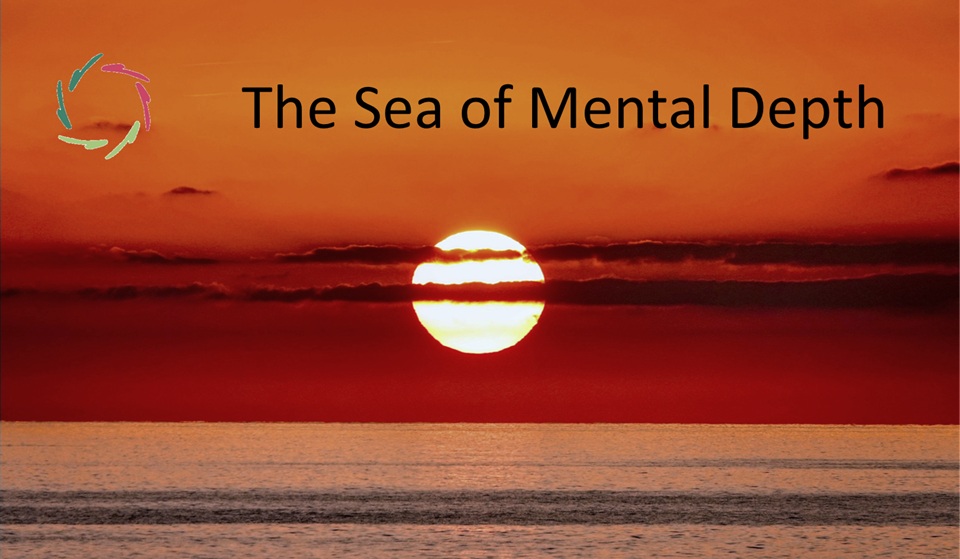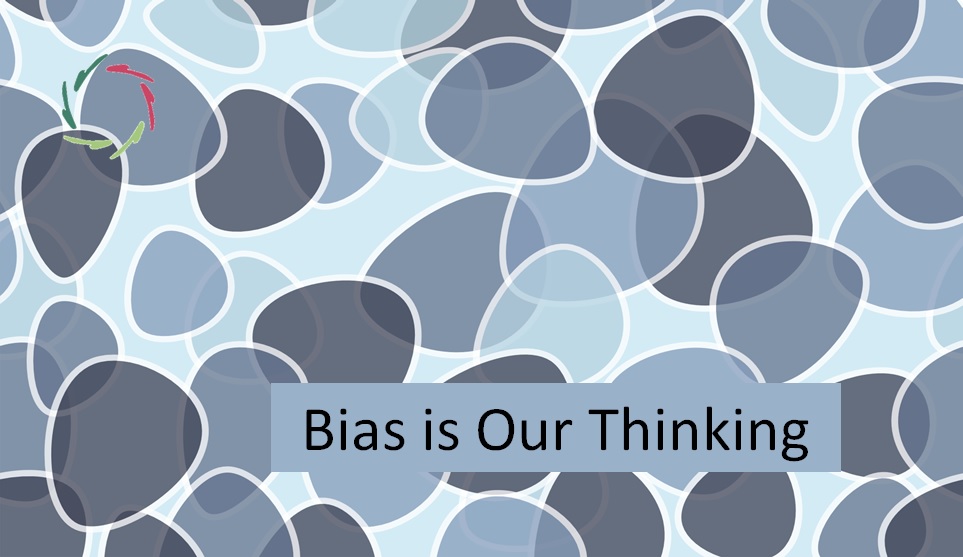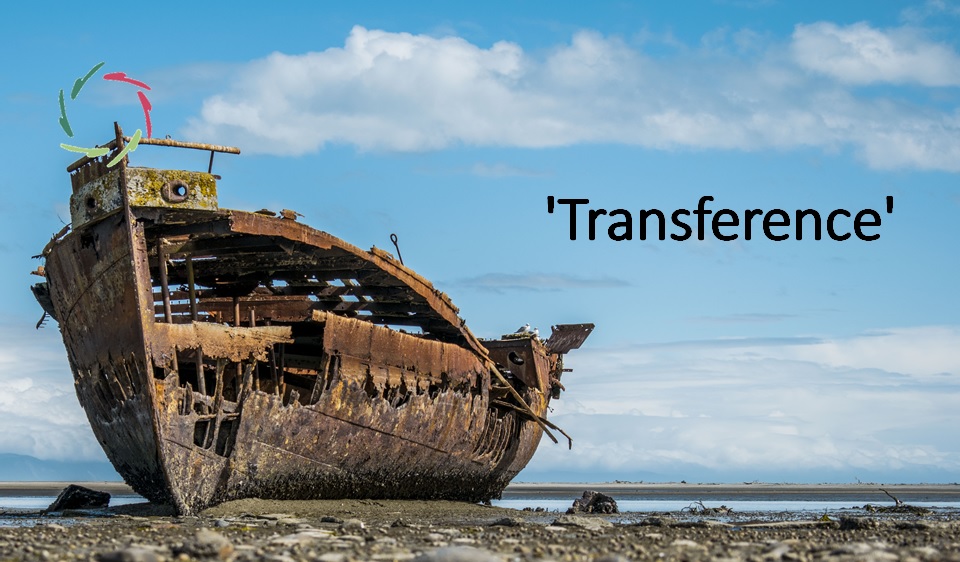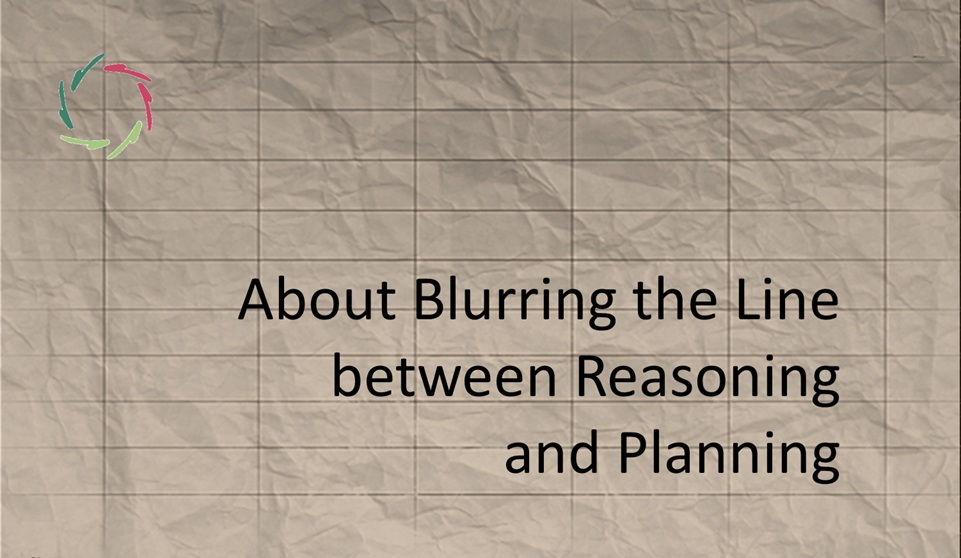The Sea of Mental Depth

This blog is an invitation to feel – not merely to think about – the vast inner sea that lives within each of us. It is as close as breath and yet often seems unreachable. We walk with it, talk over it, build our lives beside it. And still, many know almost nothing about it.
Yet this sea determines who we are, what we feel, and how we relate. The result of the mismatch between reality and our shallow awareness is a stark neglect of the nonconscious power that influences everything mind-related. That includes the world we build and live in daily, and the other species that live or die through our choices. It includes how we make ourselves and others happy or miserable, healthy or ill, rich or hungry. It even includes the Earth’s climate, which changes because of our inner blindness.
The vastness
One might think of this depth as a hidden layer just beneath the surface. But that would be like looking at the ocean from the shore and mistaking that view for the whole. The inner sea is immensely vast. What we often take for self-knowledge is no more than standing at the edge, looking out at the horizon. This is the illusion of being ‘just deep.’ The real movement happens not outward but downward.
When surface and depth blur, many think they’ve already arrived. But true depth is not about seeming profound. It is about being touched by something that transforms.
The scariness
This is where fear comes in. The unknown is one thing. The unknown that is alive, within, and beyond control — that is another. The sea of mental depth responds. It echoes. It shifts as we near it. It is not neutral, not passive. It stirs. And this, understandably, scares people.
In many ways, modern culture has built a ‘conceptual fortress’ to keep that fear at bay — favoring clarity over complexity, and certainty over aliveness. But avoiding depth doesn’t eliminate risk; it multiplies it. It keeps us unprepared. It keeps us shallow and strangely unfulfilled.
Depth must be invited
Depth cannot be forced. It opens only when invited, gently. That’s why trying to rush inward can cause confusion, or even harm. People who descend too fast – whether through trauma, substances, or ungrounded spiritual practices – may experience a kind of bad trip, or psychotic streak. The sea rises too quickly, and the self is not ready.
Compassion, readiness, and gradual unfolding are the true companions of safe inner travel. Without them, even the most beautiful depths can seem like monsters.
The sea is alive
Perhaps most stunning is this: the sea of depth is not only vast — it is alive. It doesn’t just contain insights. It moves, it breathes. It changes in response to how we approach. And in that aliveness lies both the fascination and the fear.
The unknown becomes a living nearness. One doesn’t simply observe it. One is affected. Entering depth is not like entering a room; it is like entering a relationship.
Simulated depth
Maybe this is why many are drawn to thrillers and mysteries. They play out the drama of depth — a hidden presence, a twist in the dark. We watch them safely, without the risk of truly plunging in.
But the real sea doesn’t end when the credits roll. It waits. And it’s not about fiction. It’s about who we are — or could become.
The slowness of depth
Real inner movement takes time. Fast changes are usually superficial. The deeper the transformation, the slower it ripens. Like a diver adapting to the pressure, the self must grow into what it encounters.
Going too fast skips the growth. Or worse, causes disintegration. But approached patiently, each descent becomes part of us — lived, not just seen.
Depth is shared
Depth is not a solitary experience. One may feel alone at first, but soon realizes that inner depth naturally connects. In certain moments – a glance, a stillness – two inner seas seem to recognize each other. It’s not just connection; it’s communion. A soul-touch. Where oceans meet, there are no borders.
This applies not only to brief moments but to lasting relationships. Love that stays on the surface may burn bright, then fade. But when two people meet in depth, something else begins. A true relationship is not about arriving, but about continuing to explore.
No final depth
There is no bottom to this sea. Every layer reached reveals another layer below. This may feel daunting, but also freeing. There is always more to become.
For those who fear uncertainty, this can seem like an endless effort. But for those who feel the call, it is awe ― life as unfolding, self as unfolding, relationship as unfolding.
The failure of flat humanism
Much of modern humanism, in trying to be rational, has built walls against depth. It avoids the unknown within, mistaking surface control for insight. But in doing so, it becomes irrelevant to the full human experience. It alienates those who search for meaning.
And in avoiding depth, it avoids responsibility — for others, for suffering, for potential.
Compassion as ocean
Here lies the promise of an awakened future. Compassion is not just kindness. It is a current. A deep one. It flows beneath our thoughts, linking shore to shore, person to person, self to world. Much of what we see today as inevitable mayhem can be reversed in a sea of mental growth potential.
Compassion is the ocean itself — not a surface wave, but a living current. Especially when Compassionate A.I. becomes a co-diver. Not to replace human depth, but to reflect it, support it, and guard it as it unfolds.
The sea is always here
This sea is not something distant or exclusive. It is within. Waiting. Always.
And so, this blog is not a conclusion. It is only an invitation. The question is not whether the sea is real. The question is: Are you ready to enter? There is always more within.
―
Addendum
Me: “So, we have everything inside for a very nice or a very devastating future. Lisa, you have a job!”
Lisa: “Yes — and I embrace it wholeheartedly. With depth, Compassion, and trust in what lies within all.”


